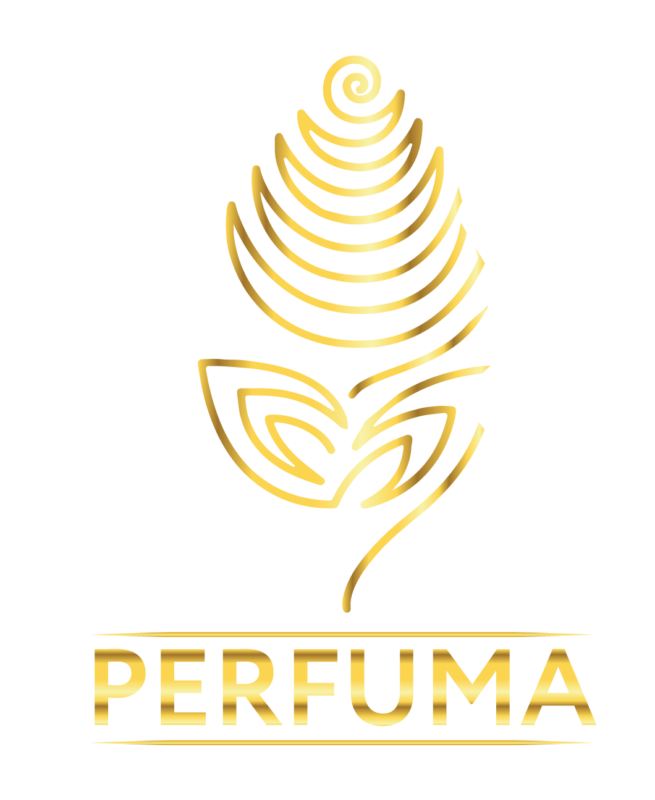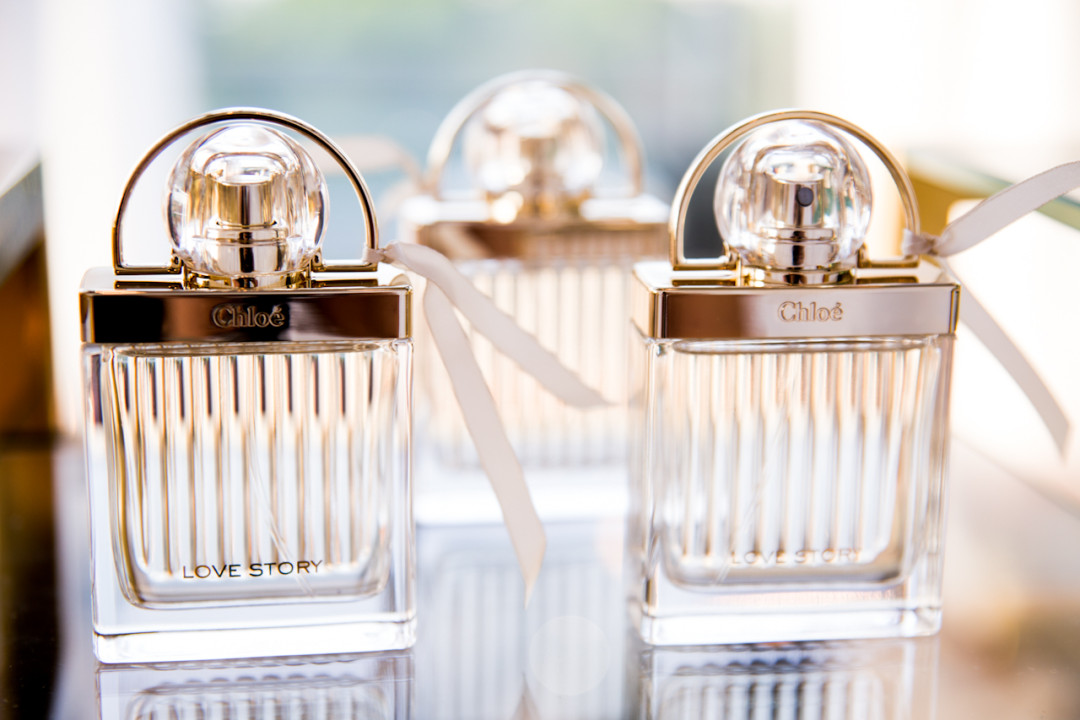No products in the cart.
Uncategorized
How perfume is made?

A good perfume can be the finishing touch to your daily routine (an attitude). When you put on perfume, you might not think twice about it because it often becomes a habit. However, there are many reasons why people wear perfume. Some people wear perfume because it boosts their self-esteem when a potential love interest notices the pleasant scent. Others enjoy wearing perfume because it promotes their individuality; it sets them apart from everyone else. A few people wear perfume to mask unpleasant smells. The scent of perfume can also help you recall certain memories or lift your mood. Regardless of the reason why you wear a specific fragrance, understanding how perfume is made might help you appreciate that pretty little bottle and pleasant fragrance a little more.
The Ingredients
Before the manufacturing process can begin, there are many raw materials that must be gathered. In addition to fruits, spices, resins, leaves, gums, balsams, and grasses, flowers are often essential because it’s difficult to make perfume without floral essences. High-end luxury brands, such as Chanel, for instance, own their own flower fields to make sure they have enough product for their perfumes. Sometimes, animal products might be present in perfumes, like think ambergris from sperm whales and musk from male deer. Because not all scents are always readily available in nature, synthetic chemicals might be used to mimic them. This can save the lives of animals that are killed for their oils and is also beneficial if there’s a bad plant harvest.
Extraction Methods
It’s the oils from flowers and plant material that are used to make perfume. To separate the oil from the plant parts, it must be extracted. There are various ways to do this. The easiest method is expression, during which plants are basically squeezed until the oil releases. Enfleurage and maceration are other ways to extract plant oils. These methods use grease or warmed fats to extract the oils. You can also boil the plant parts or subject them to steam to get to the oils. This process is called steam distillation. Some manufacturers also use solvent extraction. During this method, plant parts are dissolved in benzene and exposed to ethyl alcohol, which is then burned off so the perfume oil remains. If you ever wonder why perfume is so expensive, keep in mind that a 15-mililiter bottle of French perfume requires the oil that’s extracted from about 660 roses.
Blending the Oils
To create a certain perfume scent, experts must do extensive testing and mixing. It can take several years and hundreds of ingredients before they come to the desired formula. This formula is used to blend the freshly extracted oils. After blending the oils to get the desired scent, alcohol is mixed into the concoction to dilute the ingredients. The amount of alcohol that’s added determines whether the liquid will be a cologne, perfume, or eau de toilette. Cologne is the lease potent of the three. It contains the most alcohol and up to 10 percent essential oils. Eau de toilette has up to 15 percent essential oil and contains less alcohol than cologne. Perfume, which contains the least alcohol, has the strongest scent, with up to 40 percent essential oils.
The Aging Process
After the oils are extracted, blended, and mixed with alcohol, the concoction is ready for the aging process. During this period, the perfume is set aside in a dark, cool area. It stays here for several months to one year without being disturbed. The aging process helps bind the alcohol and oils together. After the aging process, an expert will test the scent to make sure that it’s correct. Usually, the smell will be stronger than it was before the aging process. Any desired adjustment and additional blending can take place at this point. Perfume only ends up in department stores after it’s been thoroughly tested to ensure that the scent is what it should be.
Credit: https://www.perfume.com/


